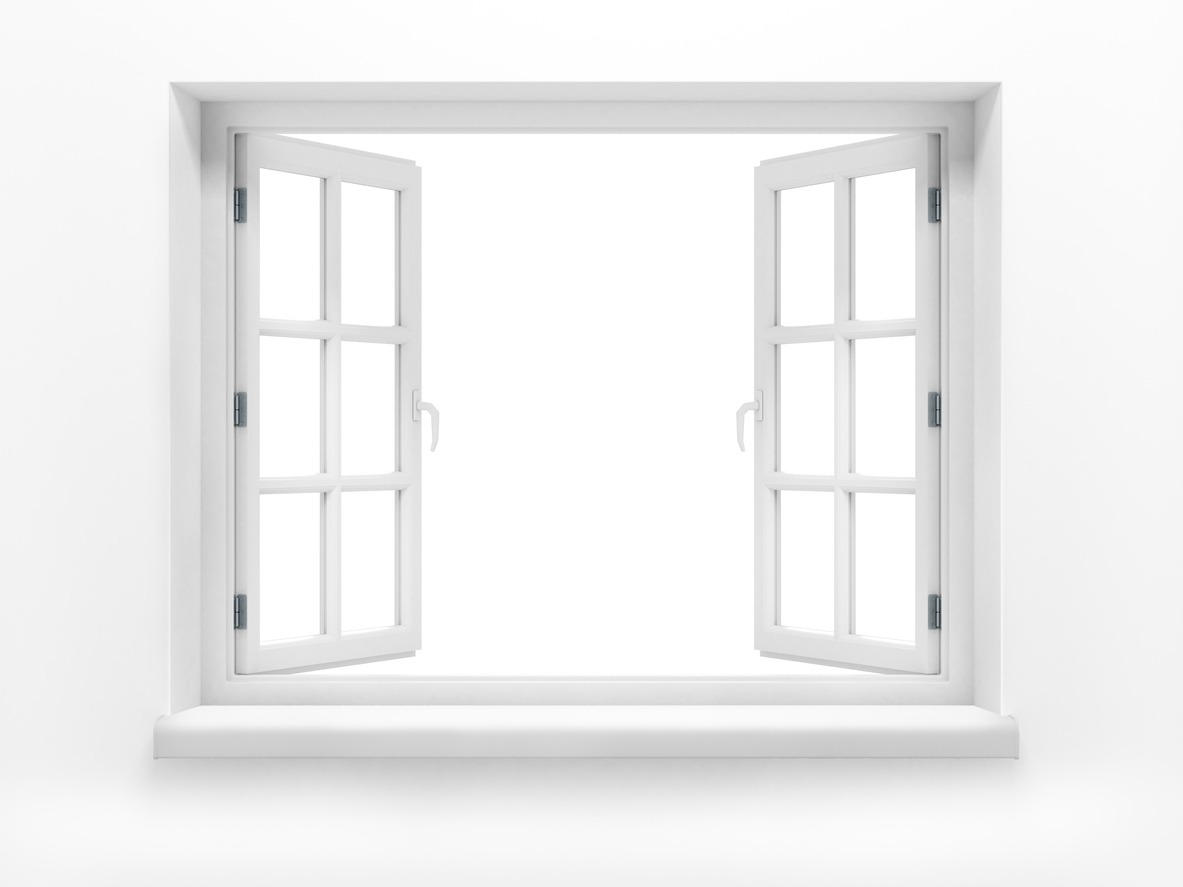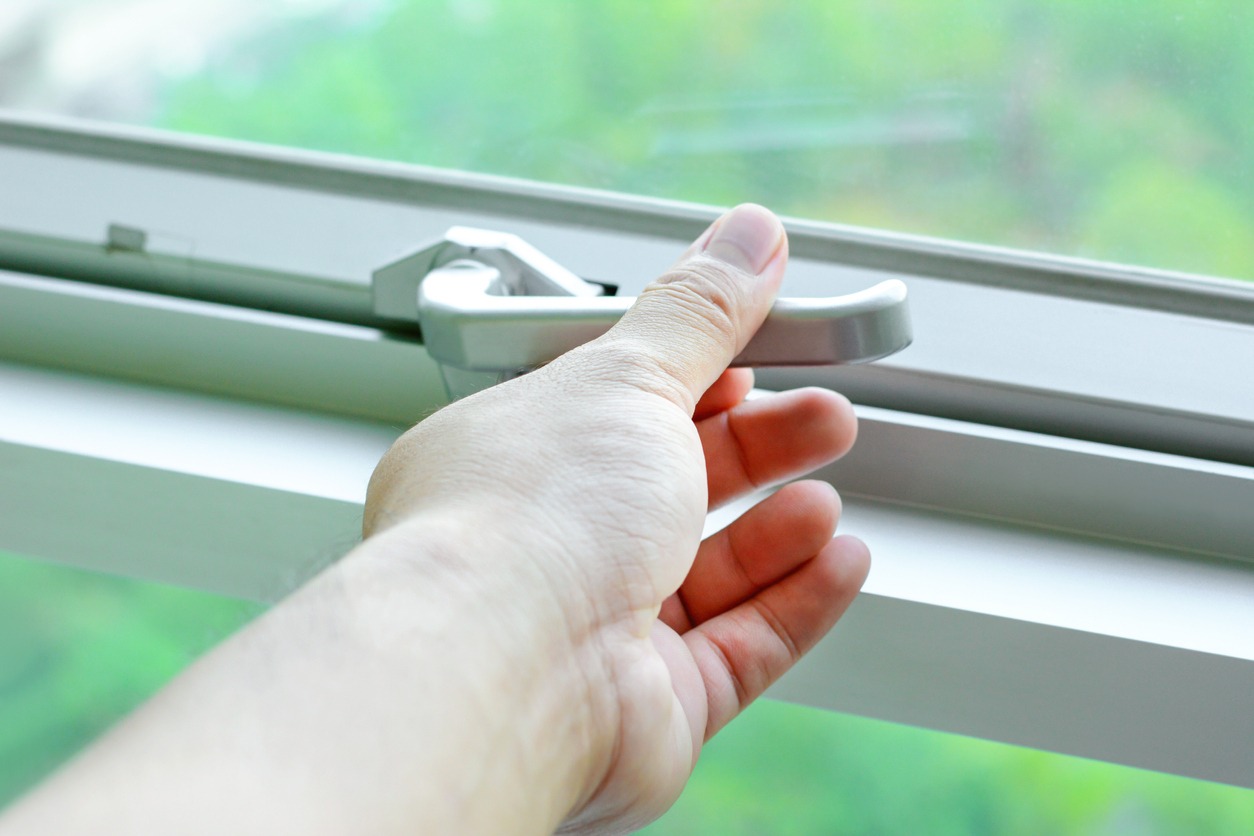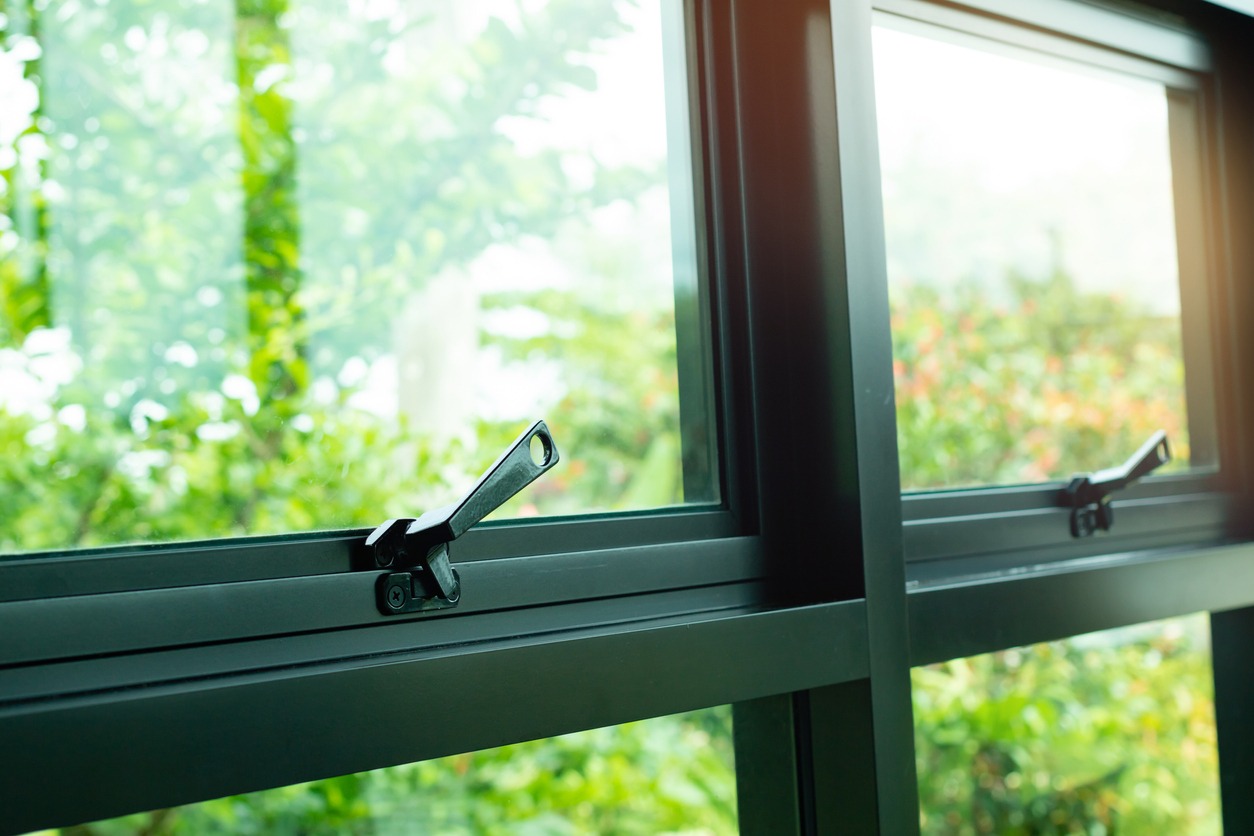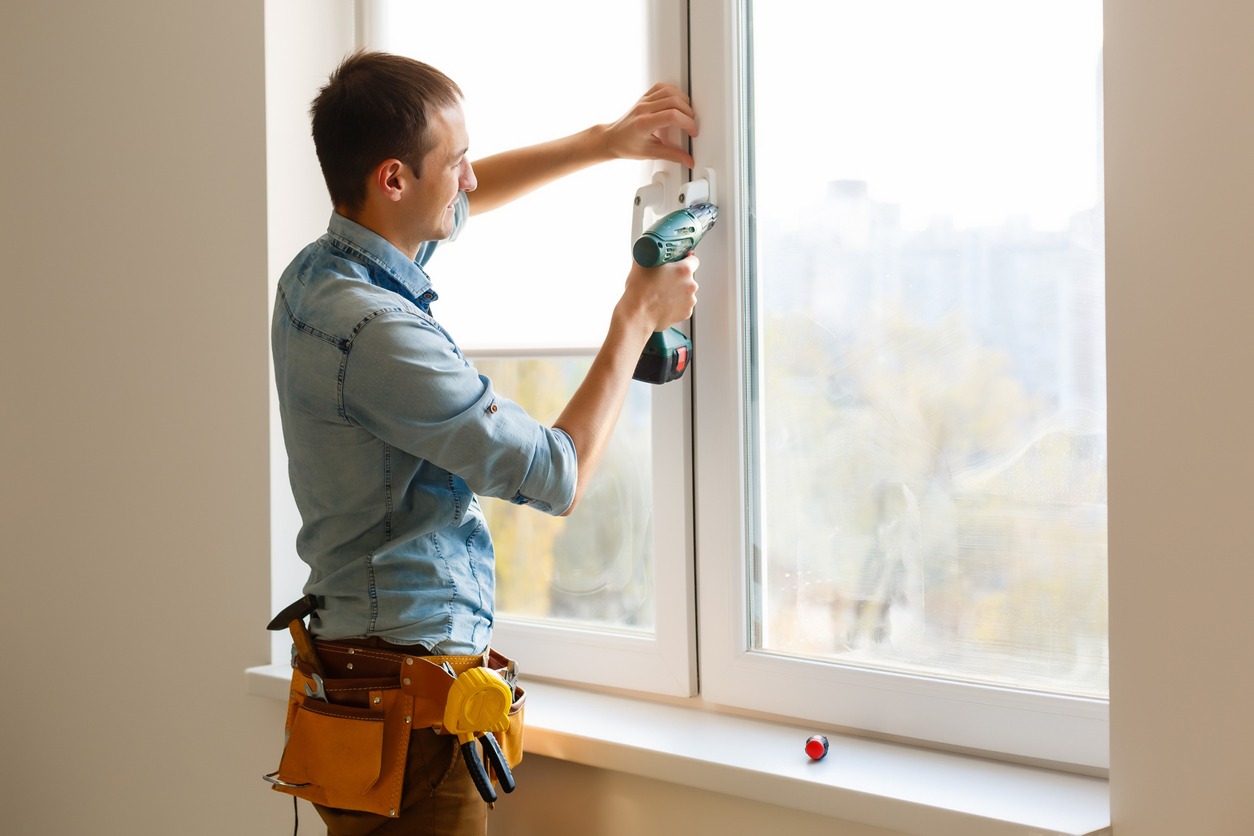Introduction
The various components and accessories used to support and enhance the functionality of windows are referred to as window hardware. Handles, locks, hinges, cranks, stays, and other accessories are all necessary for the proper operation and security of windows. While they may appear to be minor details, window hardware is critical to windows’ overall performance and aesthetics.
Importance of Window Hardware
- It is impossible to overstate the importance of having properly functioning window hardware. It is the unsung hero of Windows, as it works quietly in the background to ensure that the operating system is secure and runs smoothly. Not only does well-designed and correctly installed window hardware contribute to the energy efficiency and safety of a building, but it also improves the overall appearance of a window, making it look better overall.
- Take for example a situation in which a window handle is not securely fastened, or a lock does not operate as it should. This not only makes it more difficult to use the facilities, but it also puts their safety at risk. Window hardware that is installed correctly ensures that the windows open and close without any difficulty, that there is sufficient ventilation, and that there is a secure barrier against intruders.
Types of Window Hardware
Windows are more than just panes of glass; they are an active component of any room, providing light, ventilation, and a connection to the outside world. Windows’ ability to function properly and maintain its level of security is highly dependent on the hardware that underpins it. In this part of the article, we will discuss the many different kinds of window hardware and the important roles that each plays in ensuring the windows’ smooth operation and safety.
Window Latches and Locks
Latches and locks on windows are the defenders of security, as they make certain that a window is kept securely closed whenever it is required to be. They are available in a variety of configurations, each of which is tailored to a specific kind of window.
1. Types of Latches
- Sash Latches:
Sash latches are a type of window hardware that is used to provide a secure closure for vertical sliding windows. They do this by locking the top and bottom sashes together.
- Casement Latches:
These are used for casement windows, and when the window is closed, they perform the function of securing it to the frame.
2. Importance of Secure Locks
Locks that are difficult to pick are an absolute necessity for the safety of any building. In addition to preventing unauthorized entry, a latch or lock that is in good working order also helps to improve a building’s energy efficiency by ensuring that the window is completely sealed when it is shut.
Window Hinges and Hinge Types
Hinge mechanisms, which enable windows to be opened and closed by swinging, are the unsung heroes of window operation. The functionality and durability of a window are both significantly impacted by the type of hinge that is used.
1. Types of Hinges
- Friction Hinges:
These allow windows to be opened to a variety of angles while remaining fixed in their original positions, eliminating the need for additional hardware.
- Pivot Hinges:
Pivot hinges enable smooth and controlled movement, making them an excellent choice for large or heavy windows.
2. Functionality and Durability
If you select the appropriate type of hinge for your windows, you can ensure that they will continue to function efficiently and securely over time. Durability is essential, particularly for windows that are subjected to heavy foot traffic.
Window Handles and Cranks
Handles and cranks on windows serve as the point of contact between the user and the window itself. They are available in a wide variety of designs and materials, each of which provides its own set of advantages.
1. Different Styles and Materials
- Traditional Handles:
Designs that stand the test of time and are crafted from materials such as wood, brass, or wrought iron.
- Modern Handles:
Sleek and uncluttered designs that are frequently fabricated from materials such as aluminum or stainless steel.
2. Ergonomics and Ease of Use
Handles and cranks that have been designed with ergonomics in mind make the device easier to use. They are an important factor to take into consideration for people who have difficulties moving around or for windows that are opened and closed frequently.
Window Stops and Restrictors
Window stops, and restrictors provide an additional layer of safety and security by controlling the range of motion that a window can undergo during opening and closing.
1. Purpose of Stops and Restrictors
They restrict the amount that a window can be opened all the way, which can be particularly useful for windows located on upper floors or in homes with children or pets.
2. Safety and Security Considerations
The addition of stops and restrictors provides an additional layer of protection, which discourages potential intruders and ensures the safety of the building’s occupants.
Homeowners as well as professionals involved in construction and design need to have a solid understanding of the function of various types of window hardware. Any window can have its appearance, functionality, and level of protection improved simply by choosing the appropriate hardware for it.
Enhancing Aesthetics with Window Hardware
Window hardware is not only about functionality; it is also an opportunity to add a touch of style and personality to your space. There are countless options available to you. The overall aesthetic appeal of your windows can be greatly improved upon by making the appropriate decisions regarding the materials, styles, and finishes to use. In this section, we are going to discuss how the window hardware in a room can be an effective tool that can be used to elevate the overall visual appeal of the room.
Choosing Materials
The material that is used for the window hardware can have a significant impact on both the appearance and the sensation. The following are three common choices that can be considered:
1. Metal
A streamlined and contemporary look can be achieved with the use of metal hardware such as stainless steel, brass, or wrought iron. These materials are well-known for their longevity and can look great with a wide variety of architectural styles, from modern to industrial.
2. Wood
Hardware made of wood exudes coziness and has a natural beauty about it. It works particularly well in environments that have a more classic or country-style aesthetic. The look of the window frame can be customized by staining or painting the wood to match or contrast with the color of the window frame.
3. Plastic
Plastic hardware, which is frequently chosen because of its lower cost, has come a long way in terms of design and durability in recent years. It is available in a variety of finishes and may be an option worth considering for projects that are more concerned with cost.
Coordinating with Architectural Style
The key to achieving a cohesive and aesthetically pleasing look throughout your space is to ensure that the window hardware you choose complements the overall architectural style of the room. Consider some well-known examples of the following architectural styles:
1. Modern
Choose hardware that is understated and sleek if you’re going for a contemporary or minimalist look in your space. The sleek and uncluttered appearance of modern architecture can be complemented by design elements such as minimal ornamentation, clean lines, and metallic finishes such as stainless steel or matte black.
2. Traditional
Ornate and decorative hardware can lend an air of sophistication to settings that have a more conventional design. If you want a timeless and classic look that goes well with traditional architectural elements, you should think about using options such as brass or antique finishes.
3. Contemporary
Many times, modern and traditional design principles are merged to create contemporary interiors. To achieve a look that is both well-balanced and visually interesting, select hardware that has clean lines and a combination of different materials.
Color and Finish Options
The hue and surface treatment of the window hardware you select plays an important part in bringing a room’s design to a cohesive conclusion as a whole. Consider the following range of possibilities:
1. Paint
Painted finishes offer a wide variety of color options, which can be used to complement or contrast with other elements in the room, such as the window frame. It opens the door to creativity and personalization in the design process.
2. Stains
The natural grain and texture of the material can be accentuated by wood hardware that has been stained. This is a well-liked choice for creating an atmosphere that is cozy and welcoming, particularly in settings that feature elements made of wood.
3. Customization
Many hardware manufacturers offer customization options, which give you the ability to choose from a variety of one-of-a-kind finishes or even create bespoke designs that are tailored specifically to your objectives for the area.
You can transform your window hardware from functional necessities into aesthetic enhancements by carefully selecting the materials, coordinating with the architectural style, and considering the color and finish options.
Improving Functionality with Window Hardware
Not only does window hardware add to the aesthetic value of a room, but it is also an extremely important component in the process of making windows more functional. In this section, we will explore into the various ways that window hardware can improve the safety of a building, the efficiency with which it uses energy, and the ease with which it can be operated.
Security Features
Any person who lives in a house or a building should make safety their number one priority. Window hardware typically includes several different features that work together to make a room more secure.
1. Locking Mechanisms
Strong locking mechanisms serve as the initial line of defense against unwanted visitors or guests. The latest window hardware comes with a variety of different locking options, some of which are more secure than others. These options include multi-point locks and keyless entry systems.
2. Reinforcements
Reinforcements, such as reinforced frames and impact-resistant glass, provide an additional layer of protection against forced entry or extreme weather conditions. Reinforcements include both internal and external components.
3. Sensors and Alarms
The most up-to-date window hardware can be outfitted with sensors and alarms that sound off whenever there is an unauthorized attempt to enter the building. Homeowners can relax because of the additional safety precautions that have been taken.
Energy Efficiency
Windows that are energy efficient can have a significant effect on the amount of energy that is used and the level of comfort within a room. It is impossible to achieve maximum energy efficiency without properly installing the window hardware.
1. Weather-stripping
When combined with window hardware that is in good working order, weather-stripping that has been correctly installed creates an airtight seal that stops drafts and reduces the amount of heat that is lost or gained.
2. Insulated Glass
Thermal performance can be improved by using double or triple-pane glass with insulating gas fills. This results in less energy being used for heating and cooling the building.
3. Ventilation and Airflow Control
Window hardware, such as adjustable hinges or hardware that allows for controlled ventilation, can improve airflow and natural ventilation, thereby decreasing the requirement for the use of mechanical cooling systems.
Ease of Operation
It should not be difficult to open, close, or adjust the windows to control the ventilation. The ease with which windows can be operated is in part due to the design of the window hardware.
1. Ergonomic Design
Handles, cranks, and other components of window hardware that are designed with ergonomic considerations in mind make it possible for even people with mobility restrictions to easily operate windows.
2. Motorized Systems
Convenient operation is provided by motorized window hardware, which can be controlled by a remote or by smart home systems. This is especially helpful for windows that are difficult to reach or that are large.
3. Accessibility and Universal Design
In areas where there is an accessibility concern, window hardware can be designed with features such as low-profile handles and easy-to-reach controls. This ensures that anyone can comfortably operate the windows, regardless of their height or reach.
Window hardware can significantly improve the functionality of windows, turning them into an invaluable asset in any setting, by concentrating on security features, energy efficiency, and ease of operation. These are the three main areas that window hardware can improve.
Installation and Maintenance
Windows are not only practical components of a structure, but they also contribute significantly to the aesthetic value of the structure as a whole. The operation of the window hardware should be smooth, and it should last for a long time if it is properly installed and maintained. To ensure that you get the most use out of your windows, we are going to focus the next few paragraphs on discussing the most important aspects of window installation and maintenance.
1. Proper Installation
- DIY vs. Professional Installation
DIY Installation:
- Cost-Effective:
Do-it-yourself installations typically save money because they circumvent the need for professional labor.
- Personal Satisfaction:
An enjoyable experience can result from seeing a do-it-yourself project through to its conclusion.
- Flexibility:
You are in charge of the schedule, so you can decide how quickly or slowly to complete tasks.
Professional Installation:
- Expertise:
The expertise and practical experience that professionals possess allow them to work with a wide variety of window and hardware styles.
- Warranty:
Many manufacturers provide warranties, but some of them will only be honored if the installation is carried out by a trained and qualified professional.
- Time-Efficient:
It is common for professionals to be able to complete the installation in a more timely and effective manner.
2. Common Installation Challenges
Whether you decide to install it yourself or hire a professional, some challenges are universal that you should be aware of:
- Leveling and Alignment:
For the window to function correctly, it is necessary to achieve a precise level as well as alignment. Misalignment can result in a variety of problems, including drafts, difficulty opening and closing the window, and even damage to the window frame itself.
- Weatherproofing:
It is essential to check that the window is properly sealed against the elements to avoid any potential leaks, drafts, or damage caused by water.
- Hardware Compatibility:
It is necessary, to achieve a seamless installation, to choose hardware that is compatible with the particular type and design of windows that you have.
- Safety Considerations:
Working around windows exposes one to potential dangers. Accidents can be avoided by taking the necessary precautions, such as wearing protective gear and utilizing the right tools and equipment.
Conclusion
Any structure’s aesthetics as well as its functionality are significantly impacted by the window hardware that is used. It is essential to approach the task with caution and accuracy, regardless of whether you decide to perform the installation yourself or seek the assistance of a professional. A successful outcome can be ensured by planning for typical installation challenges, such as leveling, protecting against the elements, ensuring compatibility with hardware, and thinking about potential hazards.
In addition, conducting routine maintenance is essential to extending the life of your window hardware and ensuring that it continues to function effectively. Cleaning and lubricating moving parts, in addition to performing comprehensive inspections, can help prevent problems from becoming more severe and extend the life of your hardware.
Not only will you improve the aesthetic appeal of your home as a whole, but you will also ensure that your window hardware will continue to perform at its highest possible level for many years to come if you take the time and effort to ensure that it is installed and maintained properly. You can take advantage of the benefits of beautiful and functional windows that will stand the test of time if you pay attention to the details and make a commitment to maintenance.



